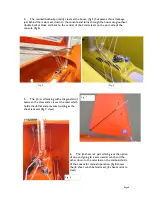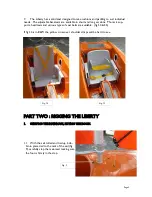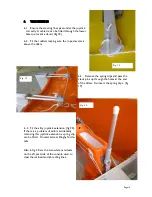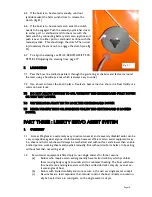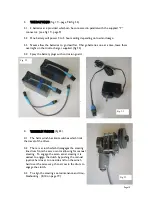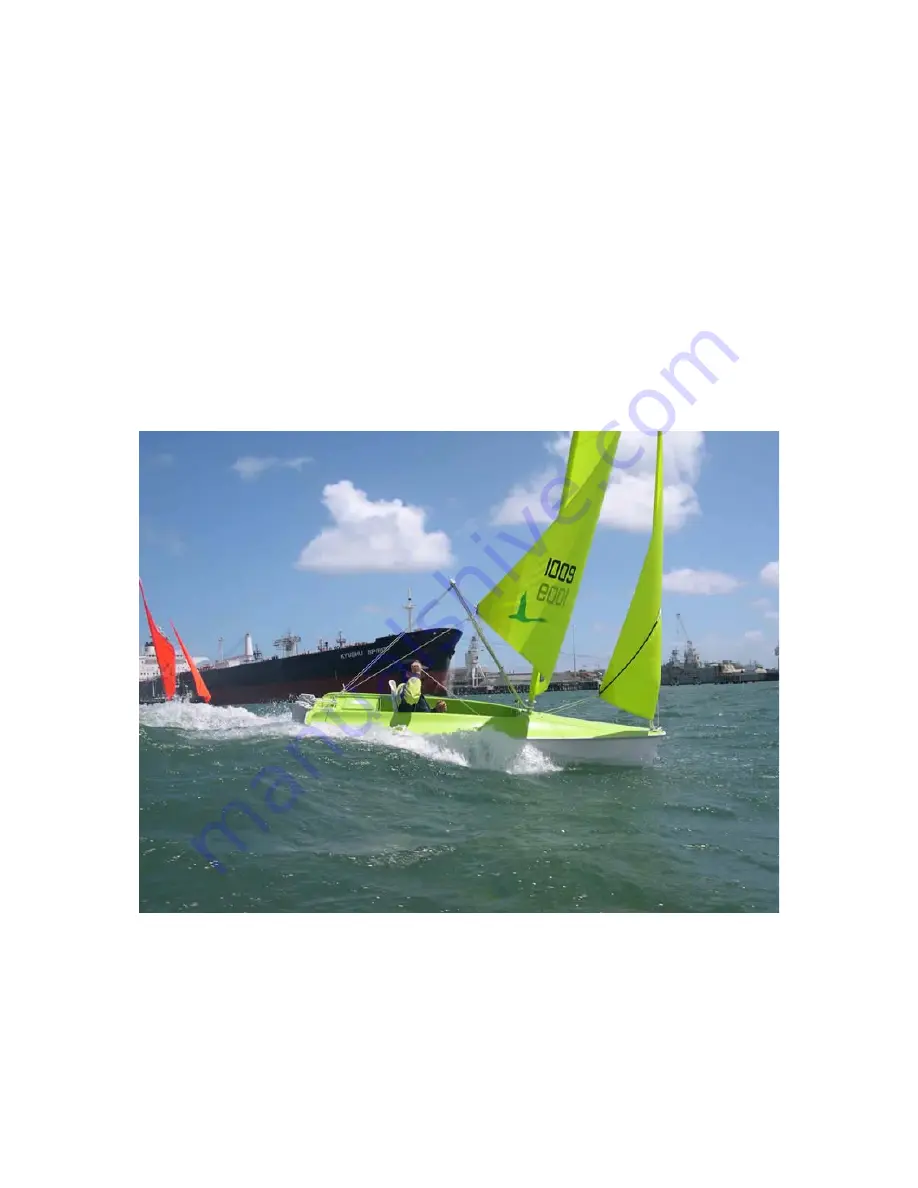Reviews:
No comments
Related manuals for Liberty

Sun Dolphin Pro 102
Brand: KL Industries Pages: 16

SAORI
Brand: ABSTRACT Pages: 12

WRT
Brand: NorthStar Pages: 32

T240G
Brand: TAKACAT Pages: 3

Bombardier GSX Limited 5625
Brand: Sea-doo Pages: 56

FISHPRO
Brand: VBOATS Pages: 72

230 dauntless
Brand: Boston Whaler Pages: 92

XP DI 2003
Brand: Sea-doo Pages: 24

Bombardier
Brand: Sea-doo Pages: 123

19 MACC
Brand: AB Inflatables Pages: 52

KOS08P107
Brand: Pelican Pages: 2

PULSAR
Brand: Gumotex Pages: 52

Nautica 450 RACE
Brand: Nautica Boats Pages: 20

MERRY FISHER 655 MARLIN
Brand: Jeanneau Pages: 72

SUN ODYSSEY 35
Brand: Jeanneau Pages: 97

SUN ODYSSEY 42 DS
Brand: Jeanneau Pages: 136

WL270SAXT
Brand: waveline Pages: 16

Response
Brand: Malibu Boats Pages: 112




